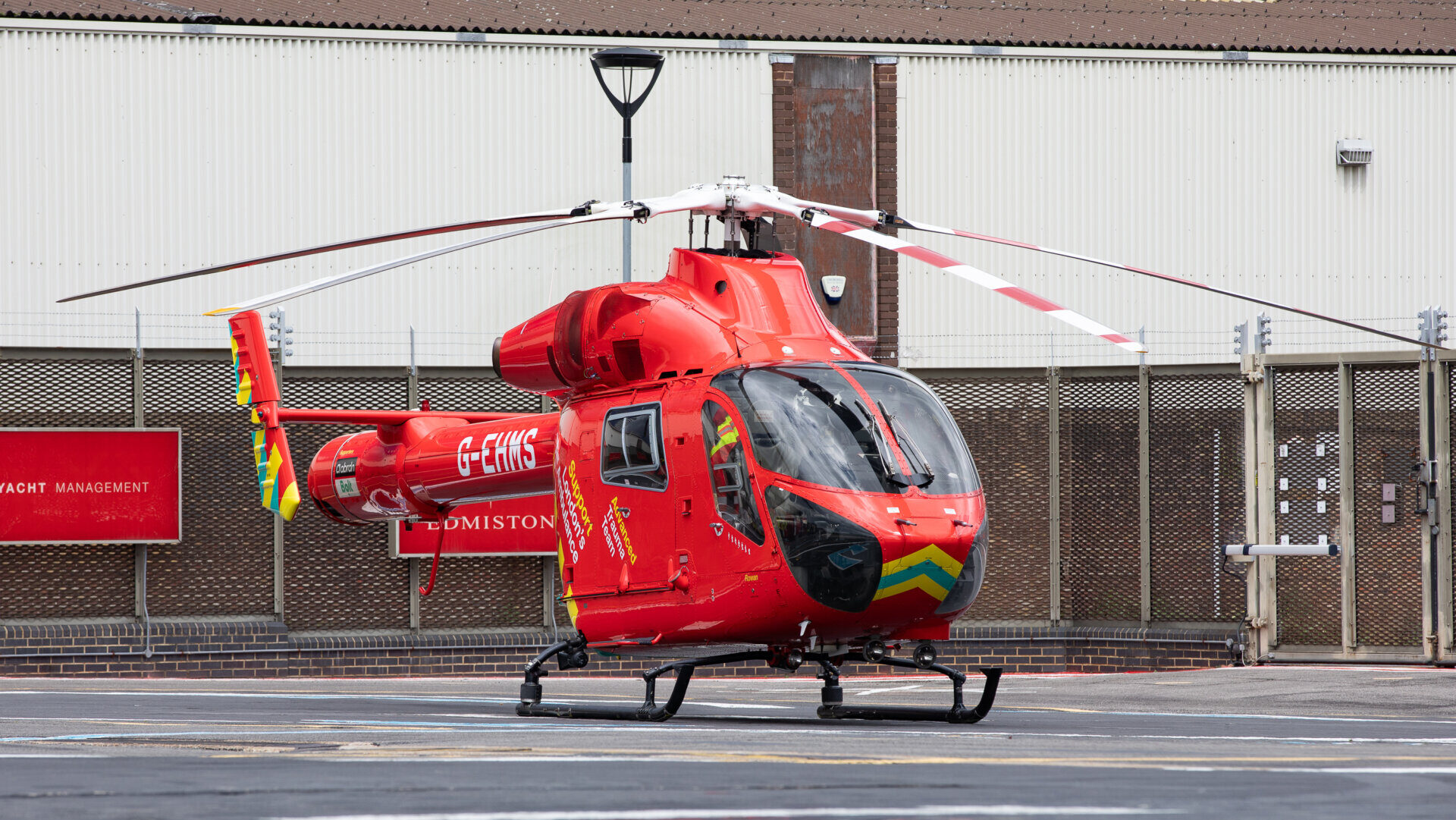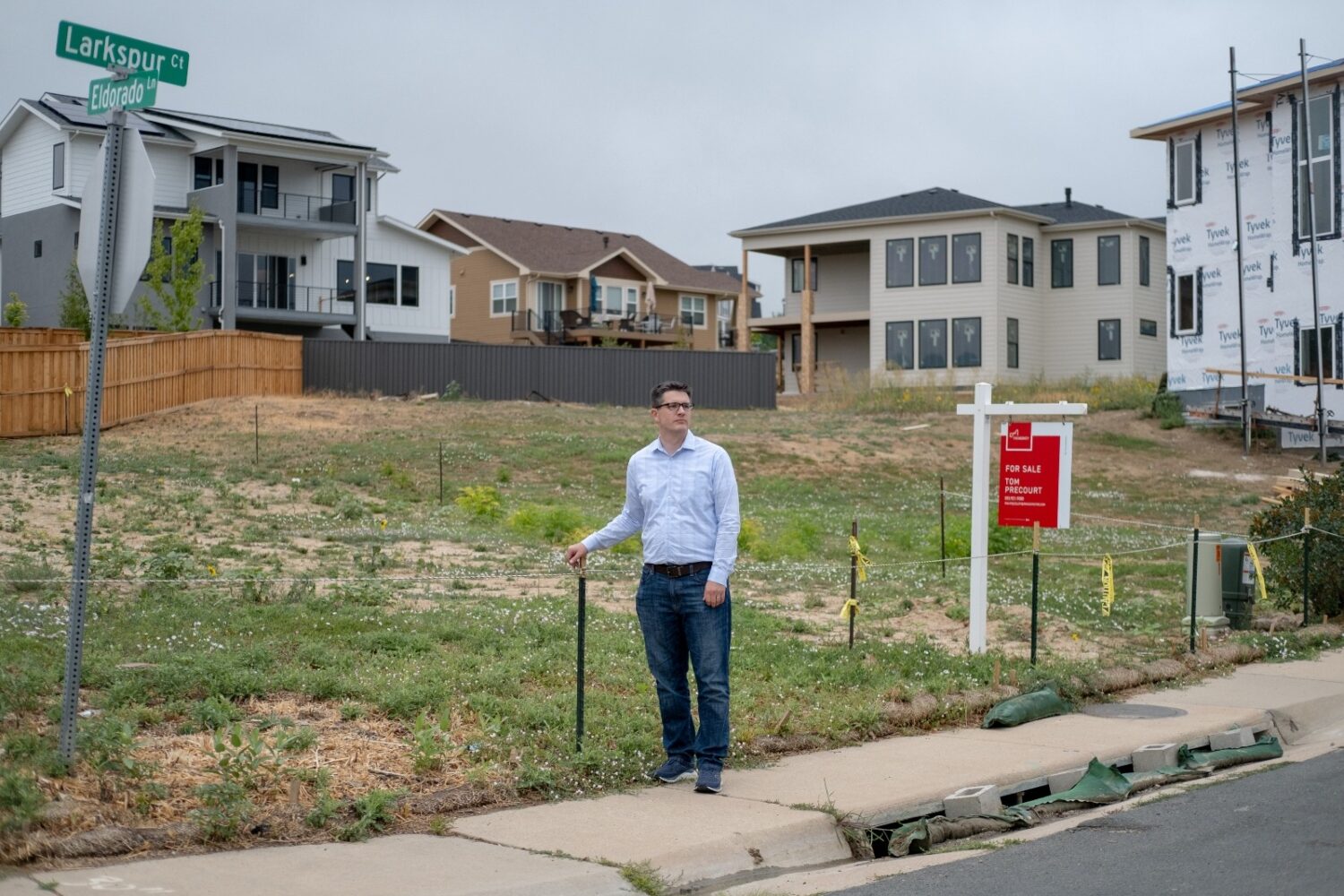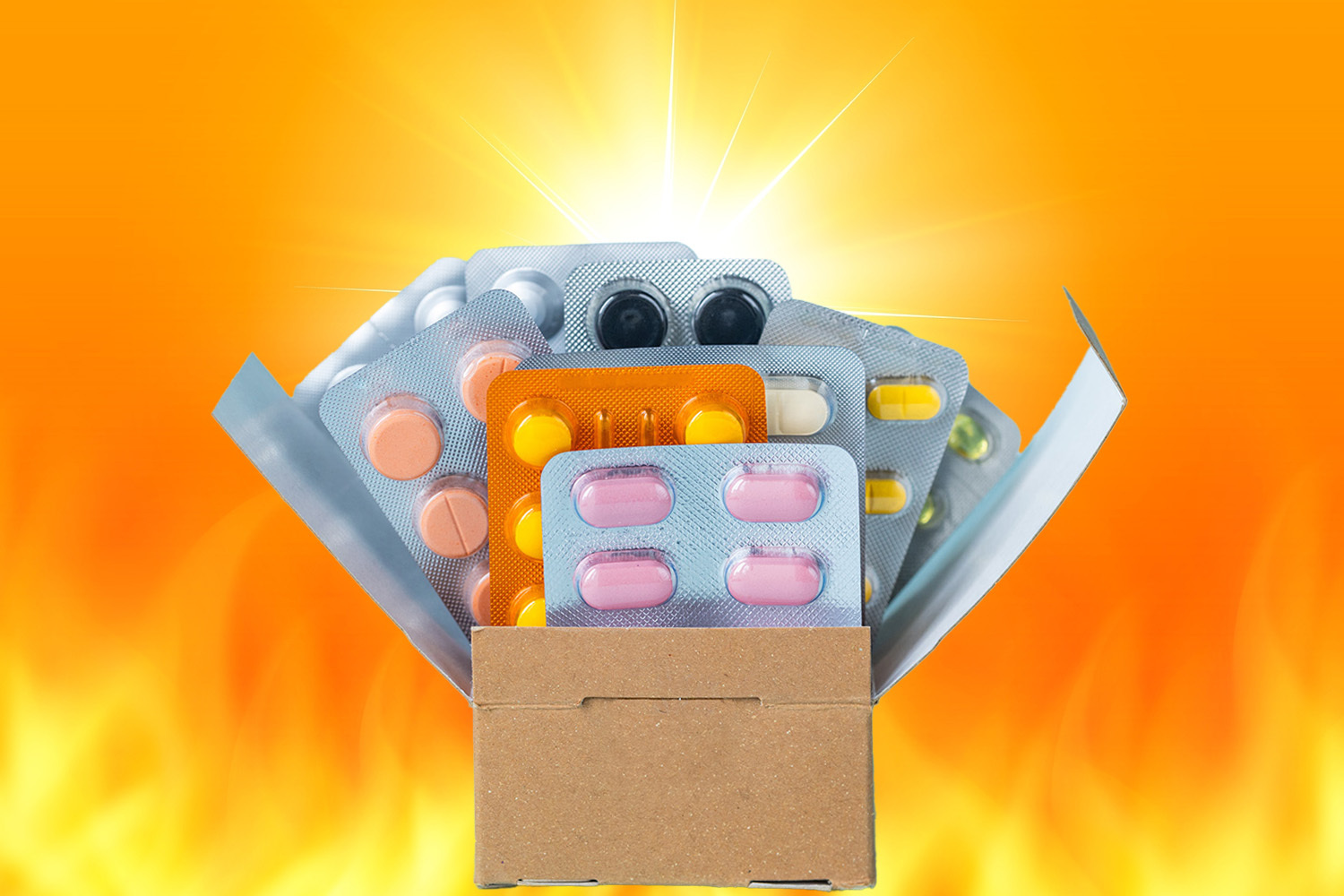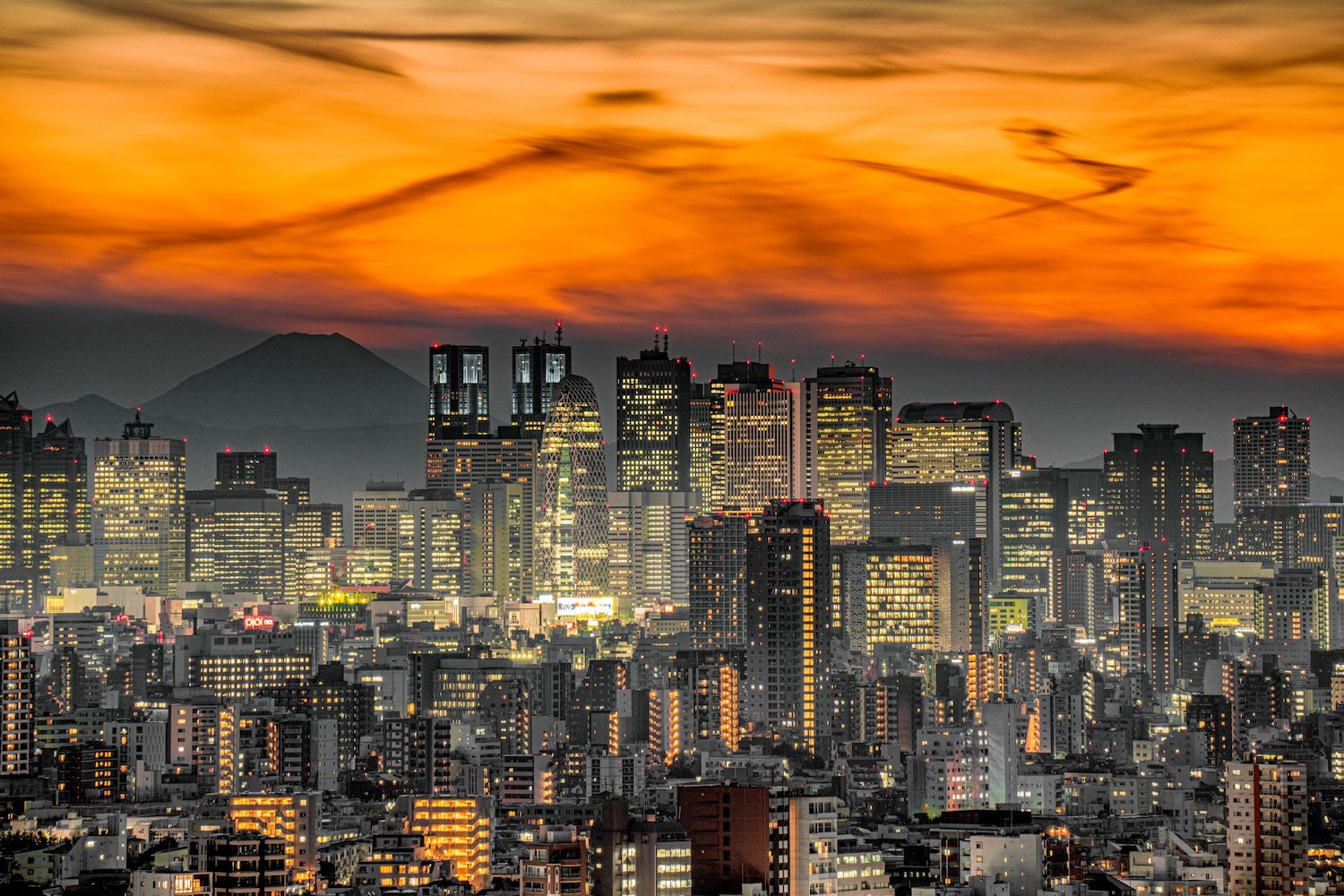Six motorcyclists rode into Death Valley National Park on July 6. Only five came out alive. With temperatures reaching 128 degrees Fahrenheit in California, the cyclists faced extreme heat exposure that killed one and sent another to a local hospital, according to the National Park Service.
When there’s a medical emergency like this, helicopters are typically dispatched to get people to a hospital. However, the extreme heat made it impossible for the helicopters to fly.
The next day, an emergency helicopter pilot in Stanford, California had to cancel a flight because the tarmac near a patient was too hot for him to land. As reported by The Washington Post on Wednesday, the pilot said he’d never seen temperatures this bad in his 27-year career.
Extreme heat, as many across the U.S. are experiencing this summer, can cause computer and mechanical systems on board helicopters to overheat and malfunction. But it’s not just a mechanical issue as air pressure is also a factor. Air expands when it’s hot and contracts when it’s cold. As it gets hotter outside, air pressure plummets. The air literally gets thin which means that spinning helicopter blades have less air to cut through and it’s harder for them to achieve lift. That makes it dangerous, and sometimes impossible, to fly.
The heat also makes commercial air travel more dangerous. Increased temperatures create more turbulence, which can lead to injury or death. Thermal-induced turbulence is so common and so well known among commercial pilots that many prefer to fly early in the morning when the sun hasn’t yet cooked the planet and created pockets of plane-shaking nightmare air.
This is all getting worse thanks to climate change. A 2023 study in Advances in Atmospheric Sciences studied historical data about clean-air-turbulence (CAT) from 1979 to 2020. CAT is a kind of turbulence that doesn’t have a clear visual indicator like clouds or a storm. The study found that severe or greater CAT had become 55% more frequent from 1979 to 2020, and it will continue to get worse.
“These findings suggest that climate model simulations may underestimate future CAT increases,” it read.
Every summer in recent memory has been hotter than the last, with successive waves of heat domes setting record temperatures across the U.S. Every year, it gets a little harder and a little more dangerous to live thanks to man-made climate change.














